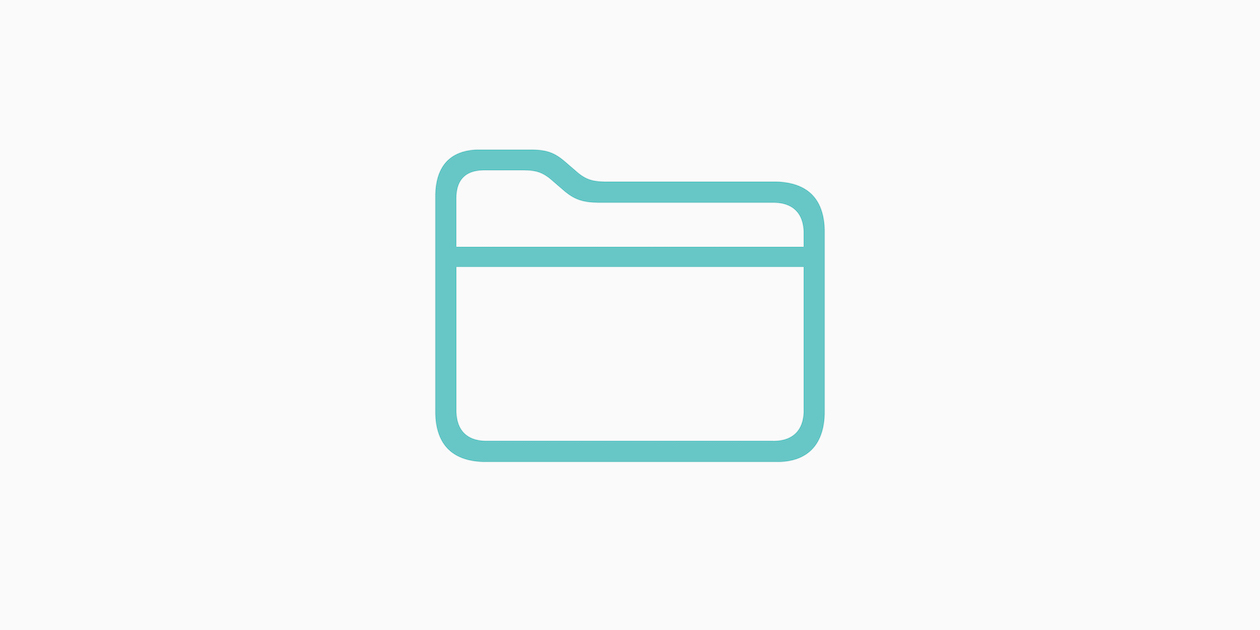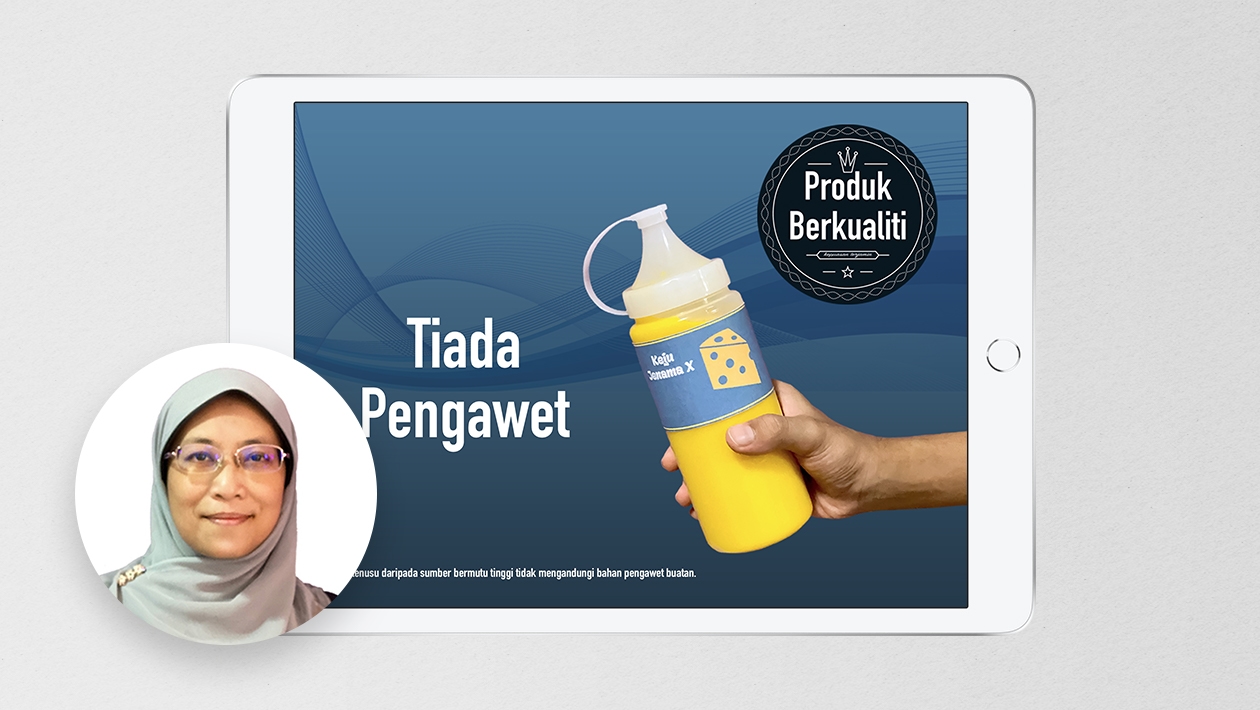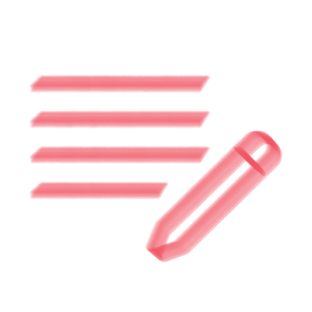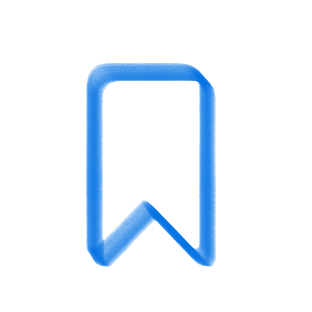In the south-west of Western Australia, we are privileged to live and work on Noongar Boodjar. As a school, we have been working to strengthen our cultural responsiveness and deepen students’ understanding of Noongar language, knowledge systems, and stories. For many of our students and teachers, this is a starting point on a journey—they are learning language that has been spoken here for tens of thousands of years.
One of the most powerful levers in this work has been oral language. Noongar is an oral language first, and our approach needed to honour that. To support students, we’ve created a series of Keynote scaffolds that allow them to:
- listen to language
- practise speaking it aloud
- capture their oral responses
- draw meaning from stories and songs
- build confidence before moving into written elements
These scaffolds give students a safe, creative and culturally-aligned way to engage with Noongar language—whether that’s retelling a song, sequencing a Dreaming story, identifying animal behaviours, learning the seasons or practising pronunciation.
Why Keynote Works So Well for Aboriginal Languages
Keynote has been a game-changer for us because it supports the way Aboriginal languages are traditionally shared—through voice, image, gesture, and land-based storytelling.
The features we’ve relied on most include:
- Audio recording, allowing students to speak language naturally and rehearse without pressure
- Image placeholders, letting them take photos of their own drawings or local bush settings
- Drag-and-drop features for matching, cloze activities, and sequencing stories
- Beautiful visual layouts, anchoring language learning in Country and context
- Ease of sharing, so students can hear each other and build collective language knowledge
For students just beginning their journey, being able to hear themselves speak Noongar—and to share that with their class—is incredibly empowering. It builds identity, connection and confidence.
Our Scaffolds So Far
We’ve created a growing suite of Keynote resources, including:
- Cloze sentence activities using Noongar number and animal vocabulary
- Speaking frames where students record themselves describing animals, movements and places
- Word work slides with pronunciation practice and image capture
- Listening and responding sequences, retelling the actions in a Noongar song
- Introduction slides for students to introduce themselves in language, with drawings, photos and voice recordings
These have been especially valuable for students who are reluctant writers or those with learning needs—oral language gives them a dignified, culturally authentic entry point.
Acknowledgement
A heartfelt thank you to @dylan_collard for his support, generosity, and guidance with Noongar language. His expertise has helped ensure our resources are culturally respectful and linguistically accurate. Special thanks also to @mikayla_teahcer for her creativity and collaboration in designing and refining these learning scaffolds.
Call to Action
I’d love to hear from others who are teaching or supporting Aboriginal languages—Noongar or elsewhere.
- What scaffolds are helping your students build confidence?
- How are you using Apple tools to amplify oral language, storytelling and cultural responsiveness?
- If you try any of these ideas, please share your students’ successes or adaptations.
Together, we can continue honouring culture, strengthening language learning, and creating spaces where Aboriginal languages—and students—can thrive













Attach up to 5 files which will be available for other members to download.